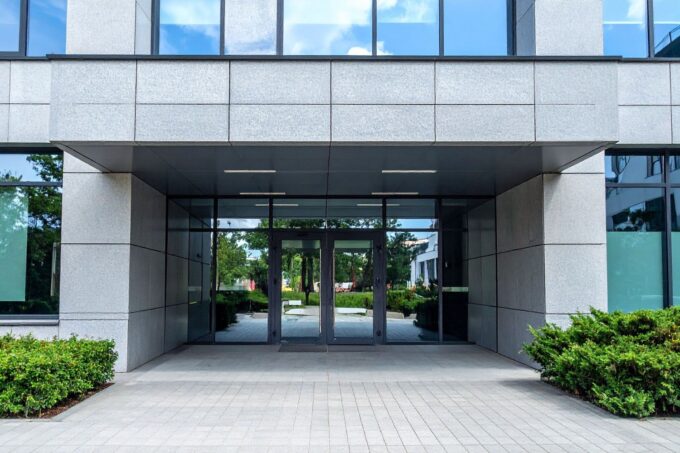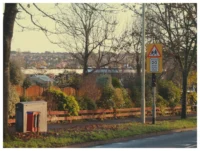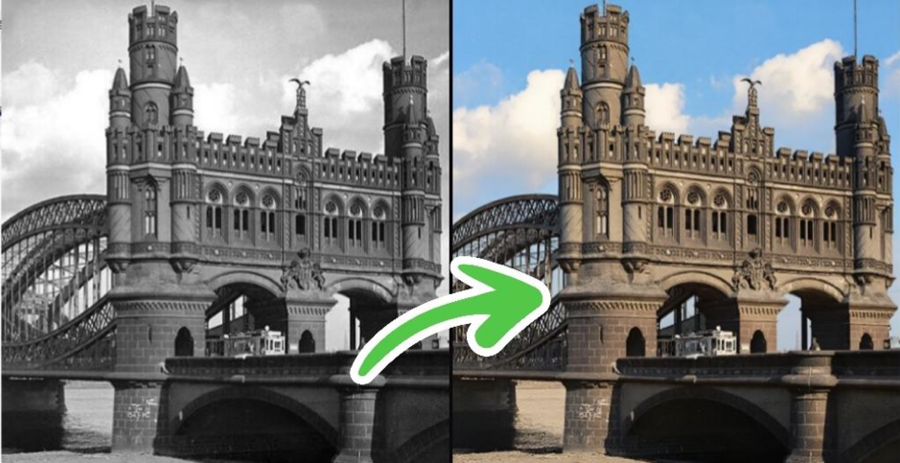- Home
- Articles
- Architectural Portfolio
- Architectral Presentation
- Inspirational Stories
- Architecture News
- Visualization
- BIM Industry
- Facade Design
- Parametric Design
- Career
- Landscape Architecture
- Construction
- Artificial Intelligence
- Sketching
- Design Softwares
- Diagrams
- Writing
- Architectural Tips
- Sustainability
- Courses
- Concept
- Technology
- History & Heritage
- Future of Architecture
- Guides & How-To
- Art & Culture
- Projects
- Interior Design
- Competitions
- Jobs
- Store
- Tools
- More
- Home
- Articles
- Architectural Portfolio
- Architectral Presentation
- Inspirational Stories
- Architecture News
- Visualization
- BIM Industry
- Facade Design
- Parametric Design
- Career
- Landscape Architecture
- Construction
- Artificial Intelligence
- Sketching
- Design Softwares
- Diagrams
- Writing
- Architectural Tips
- Sustainability
- Courses
- Concept
- Technology
- History & Heritage
- Future of Architecture
- Guides & How-To
- Art & Culture
- Projects
- Interior Design
- Competitions
- Jobs
- Store
- Tools
- More
Top Tips for Stunning Architectural Photography: Capture Beautiful Building Designs
Discover top tips for stunning architectural photography! Master light, angles, and composition to capture the essence of structures. Learn expert techniques, gear recommendations, and post-processing tricks, while avoiding common mistakes. Elevate your skills to create breathtaking images that showcase the beauty, symmetry, and personality of architecture.

Architectural photography lets us capture the beauty and essence of structures, blending art and design into unforgettable images. Whether it’s the towering skyline of a bustling city or the intricate details of a historic building, there’s something magical about freezing these moments in time. But achieving truly stunning shots requires more than just pointing and clicking.
We need to master the balance of light, angles, and composition to bring out a structure’s personality and story. With a few key tips, we can elevate our skills and create images that not only impress but also inspire. Let’s unlock the secrets to capturing architecture at its finest.
Table of Contents
ToggleUnderstanding Architectural Photography
Architectural photography focuses on showcasing the design, form, and character of structures. It combines technical precision with creative vision to create compelling images.
What Makes It Unique
Architectural photography emphasizes structure and detail. Unlike other genres, it relies heavily on understanding geometry, lines, and symmetry. Buildings remain stationary, allowing more time to perfect composition and lighting. Capturing the interplay of textures, materials, and shadows adds depth and visual interest.
Importance Of Composition
Composition determines the balance and harmony in architectural images. Leading lines, such as staircases or railings, guide the viewer’s eye through the frame. Including negative space helps highlight the subject. Symmetry and framing enhance shots by creating visually pleasing structures.
Choosing The Right Equipment
Selecting the proper gear is essential for capturing breathtaking architectural photographs. The right tools help achieve clarity, precision, and creative flexibility in every shot.
Cameras And Lenses
Using a high-resolution DSLR or mirrorless camera ensures detailed architectural shots. Cameras like the Canon EOS R5 or Sony Alpha a7R V, with resolutions of 45MP and 61MP respectively, are excellent for capturing intricate architectural details. Wide-angle lenses, such as a 16-35mm f/2.8, offer broad perspectives, perfect for interiors and expansive exteriors. Tilt-shift lenses, like a 24mm f/3.5 TS-E, minimize distortion, preserving lines and structural accuracy, especially for tall buildings.
Tripods And Accessories
A sturdy tripod, such as Manfrotto MT055CXPRO4, stabilizes the camera for long exposures and bracketed shots. Tripods with adjustable heads allow precise framing of architectural elements. Remote shutter releases or intervalometers reduce vibration, improving image sharpness. Filters, like neutral density (ND) or polarizing filters, manage reflections and balance exposure under different lighting conditions.

Essential Techniques For Stunning Shots
Effective techniques are crucial for capturing breathtaking architectural photography. By mastering light, composition, and editing, we can create captivating and precise imagery.
Mastering The Use Of Light
Light defines architectural form and ambiance. Golden hour light, occurring just after sunrise or before sunset, offers soft, warm tones that enhance structural details. For sharp contrasts, midday light highlights strong geometric shapes, though it may lead to harsh shadows. When indoors, window light or ambient lighting sources accentuate textures. We use reflectors or artificial lights to add dimension in low-light scenarios.
Framing And Perspective
Framing emphasizes critical elements and guides viewers’ eyes. We align leading lines like railings or pathways to draw focus toward the structure. Choosing low or high angles alters perspective, producing unique visual effects. Symmetry and reflections, such as those from water or glass, add balance. Including foreground elements like arches or foliage frames the subject naturally and enhances depth.
Post-Processing Tips
Post-processing refines architectural photos without over-editing. Adjusting contrast and brightness improves the clarity of details. We correct lens distortions in editing tools like Adobe Lightroom or Photoshop to maintain proportional integrity. Boosting color saturation carefully brings out materials’ tones, while selective cropping eliminates distractions. Converting select shots to black and white emphasizes structure and texture.

Common Mistakes To Avoid
Avoiding common pitfalls can elevate architectural photography. Focusing on precision and intent helps create powerful representations of structures.
Overlooking Details
Neglecting small elements detracts from the image. Pay attention to distracting objects, like power lines, trash, or clutter, and remove them from the frame. Examine surface textures; smudges, dirt, or fingerprints on glass impact the overall quality. Ensure straight lines in walls and structural elements; misalignment signals carelessness and disrupts composition. Reviewing edges of the frame for unwanted intrusions avoids unintended distractions.
Misusing Angles
Incorrect angles distort structure perception. Shooting from extreme low or high perspectives may exaggerate proportions, altering how the design is interpreted. Maintain a camera level parallel to the subject, especially for symmetrical designs, to preserve true shapes. Avoid leaning too close, which introduces unwanted perspective distortion; use a tilt-shift lens to correct perspective when shooting closer. Choose positions intentionally to showcase the building’s defining features.

Inspiring Ideas For Capturing Architecture
Architectural photography provides endless opportunities to explore diverse styles and elements. By experimenting with structure types and focusing on intricate details, we can create compelling visuals that showcase design ingenuity.
Modern Vs. Historical Structures
Modern and historical buildings offer distinct visual narratives. Modern structures feature sleek lines, minimalistic designs, and innovative materials like glass and steel. Highlighting these characteristics helps emphasize their futuristic appeal. For example, photographing skyscrapers at sharp angles showcases their grandeur and scale.
Conversely, historical architecture boasts ornate details, timeless craftsmanship, and culturally significant features. Capturing elements like arched doorways, decorative carvings, or iconic engravings tells their story. Use soft, natural light to enhance the richness of these intricate designs and maintain their authenticity.
Highlighting Textures And Patterns
Textures and patterns make architectural images more engaging. Materials like brick, stone, glass, and wood present unique textures that create depth. For instance, emphasizing the roughness of aged stone or the sleek surface of polished steel can add a dynamic element to the photo.
Patterns, whether geometric or organic, are critical in drawing viewers’ eyes. Symmetrical layouts, repeating columns, or tessellated tiles produce a sense of rhythm in the composition. Using angled perspectives or close-ups can amplify these details, making them the focal point of the image. Natural shadows and light play further enhance patterns by introducing contrast and depth.
Conclusion
Stunning architectural photography requires a combination of technical skill, artistic vision, and attention to detail. By focusing on elements like light, composition, and equipment, we can elevate our photography and showcase the essence and beauty of architectural structures. Remember to experiment with angles and styles, use proper tools like wide-angle or tilt-shift lenses, and refine images in post-processing to capture polished, professional results.
- architectural photography equipment
- architectural photography guide
- architectural photography lighting
- architectural photography tips
- architectural photography workshops
- architecture photo editing tips
- best cameras for architecture photography
- building photography techniques
- capture stunning buildings
- composition in architectural photography
- how to photograph buildings
- interior architecture photography
- nighttime architectural photography
- photographing architecture
- top architectural photographers
- urban architecture photography
Submit your architectural projects
Follow these steps for submission your project. Submission FormLatest Posts
How to Restore Old Photos of Historical Buildings with AI Tools
Introduction To restore old photos is essential since these contain invaluable memories,...
From Las Vegas to Rome: A Visual Journey by Iwan Baan at Princeton University
The Princeton University School of Architecture presents “From Las Vegas to Rome”...
Unlocking the Art of Architectural Photography: Techniques, Tips, and Equipment Guide
Explore the captivating world of architectural photography in our latest article. Discover...
Essential Tips and Techniques for Stunning Architectural Model Photography
Discover the art of architectural model photography, where precision meets creativity. Learn...













Leave a comment